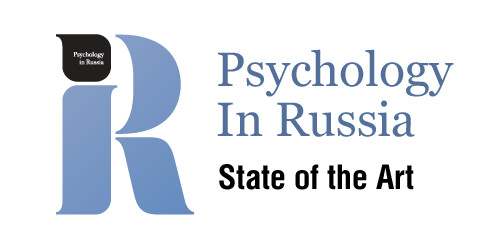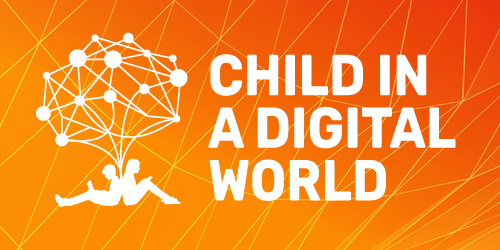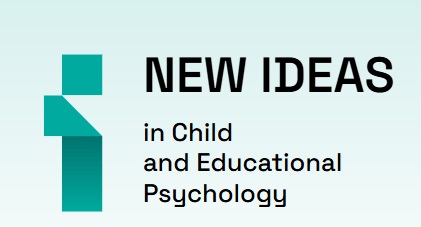Antufueva, N.E.

Laboratory Assistant at the Center for Socio-Cultural Problems of Modern Education, The Federal Scientific Center for Psychological and Interdisciplinary Research.
-
Psychological Aspects of Preschoolers’ Perception and Understanding of the Main Cartoon CharactersLomonosov Psychology Journal, 2025, 3. p. 189-220read more736
-
Background. The shortage of research on children's perception of cartoons at preschool age defines the special relevance of the work.
Objective. The work is aimed at identifying the peculiarities of preschoolers' perception and understanding of the main cartoon characters: the content of their thoughts, emotional states, motives for actions. The research focuses on the analysis of the phenomena of dynamics of meaning formation in the attitude of children to the main characters in the context of events of the film narrative.
Study Participants. The study involved 60 children aged 5 to 7 years (from 60 months to 86 months; Mage = 72.3; SD=7.63): 30 boys (from 60 months to 86 months; Mage = 73.3; SD = 7.94) and 30 girls (from 62 months to 86 months; Mage = 71.3; SD = 7.31), attending kindergartens.
Methods. Half-structured interview with open-ended questions was applied. The cartoon "The Old Toy" directed by V. Samsonov (1971, running time: 9:42) was used as the research material. The script was written by V. Livanov.
Results. 1. By modeling the content of the character's thoughts in different scenes of the cartoon, children rely on his reflections on his physical disabilities; on the subsequent line of the character's behaviour within the framework of the film's plot; on the nature of the conflict with another character; on the content of the character's reflection on his experiences, on the moral and ethical aspects of behaviour. 2. Preschoolers' assessment of the character's emotional state in a conflict situation includes a wide range of the character's feelings: empathy, rejection, jealousy. 3. Preschoolers' explanation of motives of the character's actions is based either on objective reasons (it started raining, it got dark) or on subjective motivations: character's goals, his emotional states, attitude towards another character, reaction to actions and states of another character. 4. A number of phenomena related to the dynamics of meaning-formation processes in children's perception of cartoons have been identified: "lasting affect" (transferring the content of experiences from one episode of the film to another); "anticipatory experience" (emotional prediction of film events), "emotional release" (cathartic experience of opposite emotional tendencies).
Conclusions. A complex multilevel semantic structure of understanding cartoon characters including their thoughts, experiences, and motives for actions has been revealed. A number of phenomena of semantic formation in the process of children's cartoons perception are characterized, which make it possible to clarify the structural features of film storytelling and the functions of artistic techniques oriented at the emergence of a cathartic experience in a child.
Keywords: preschool age; understanding; cartoon; character; action; motive; experience; reflection; meaning-making; perception; child DOI: 10.11621/LPJ-25-30
-









